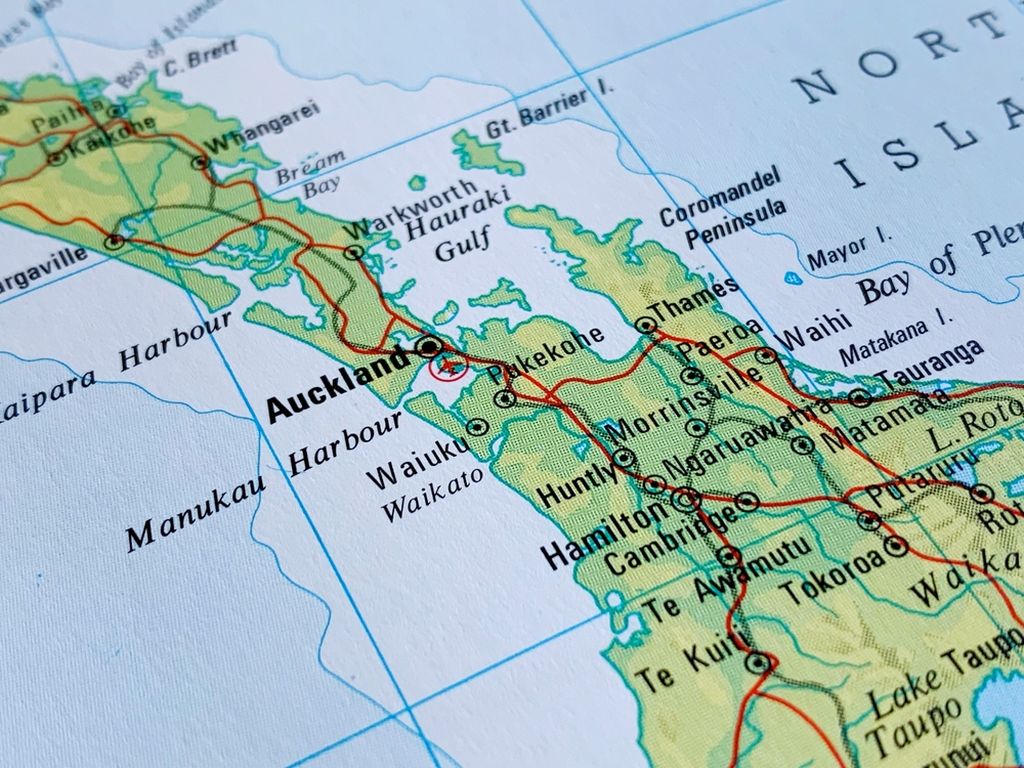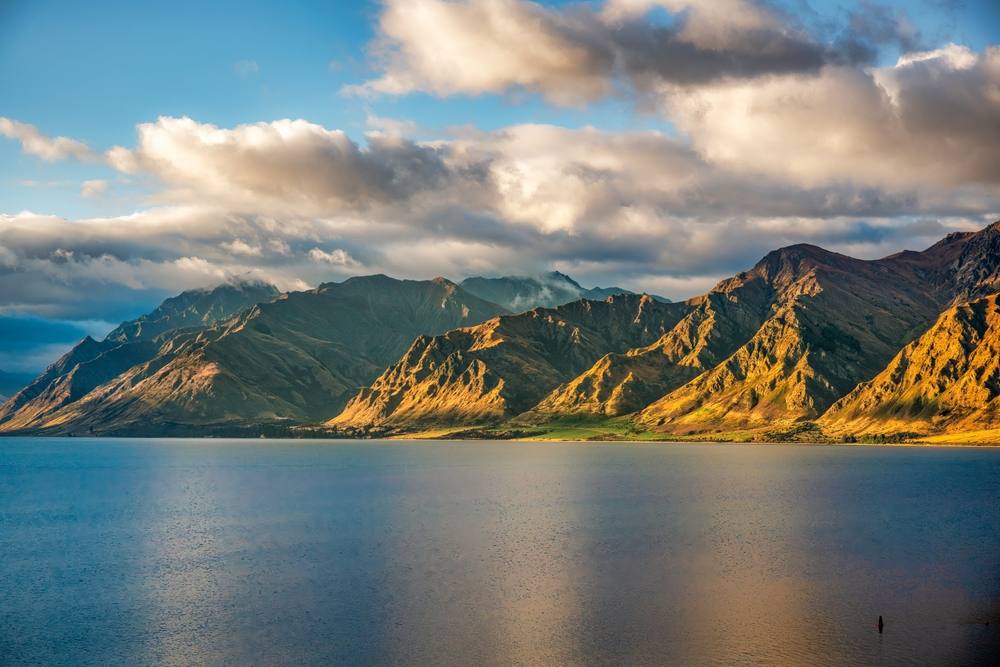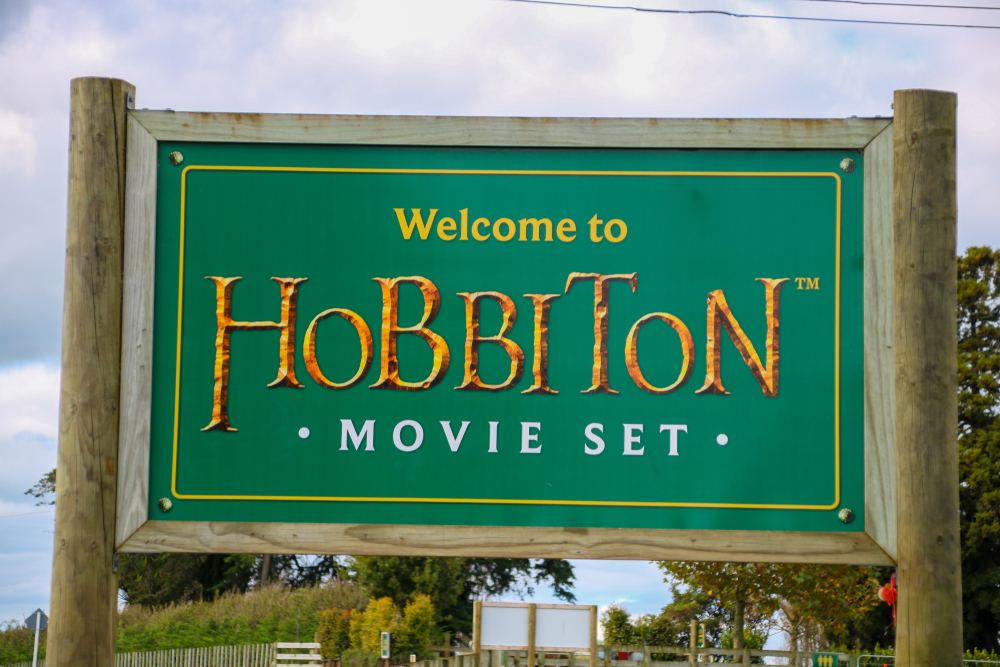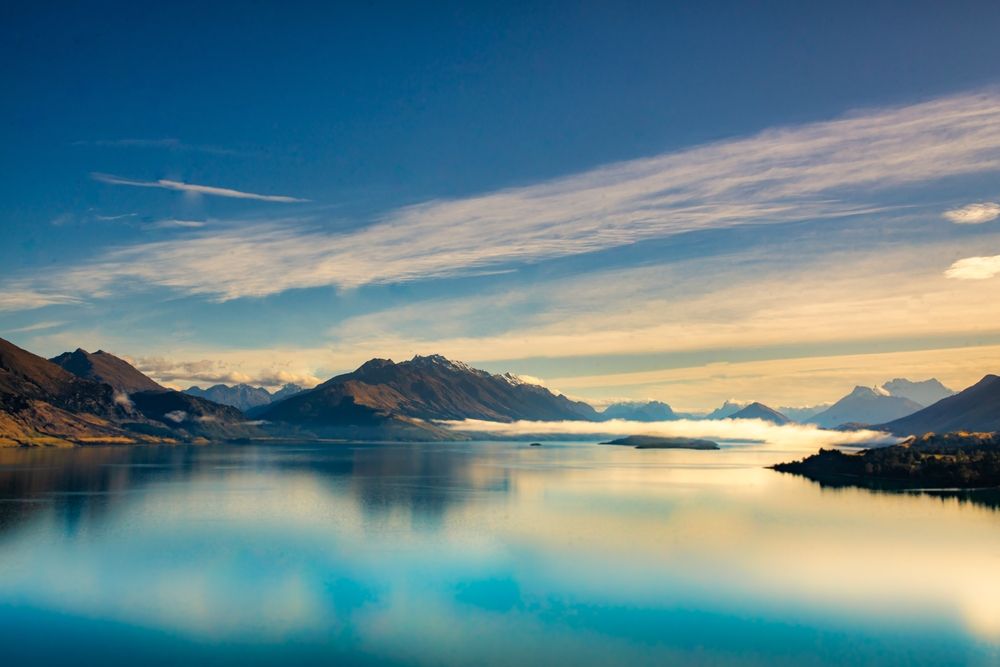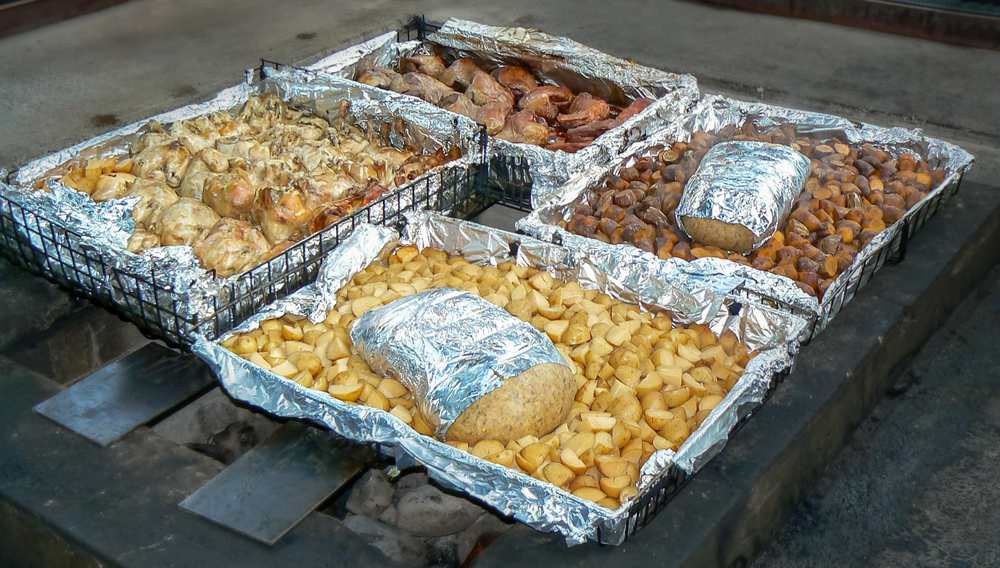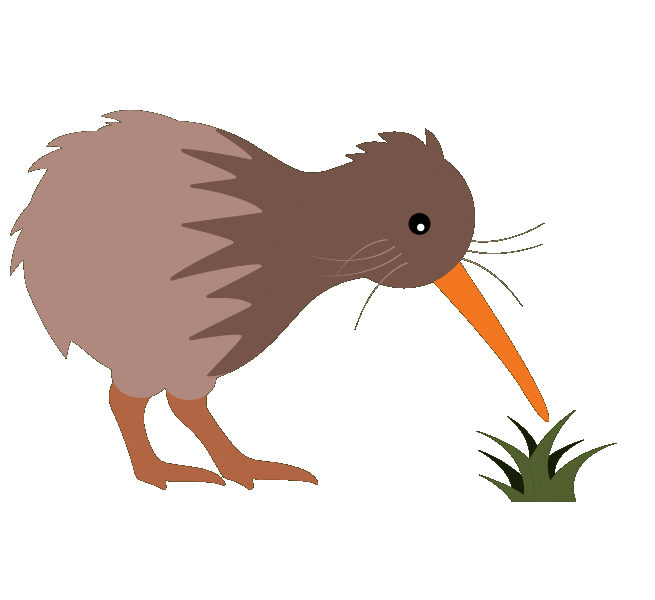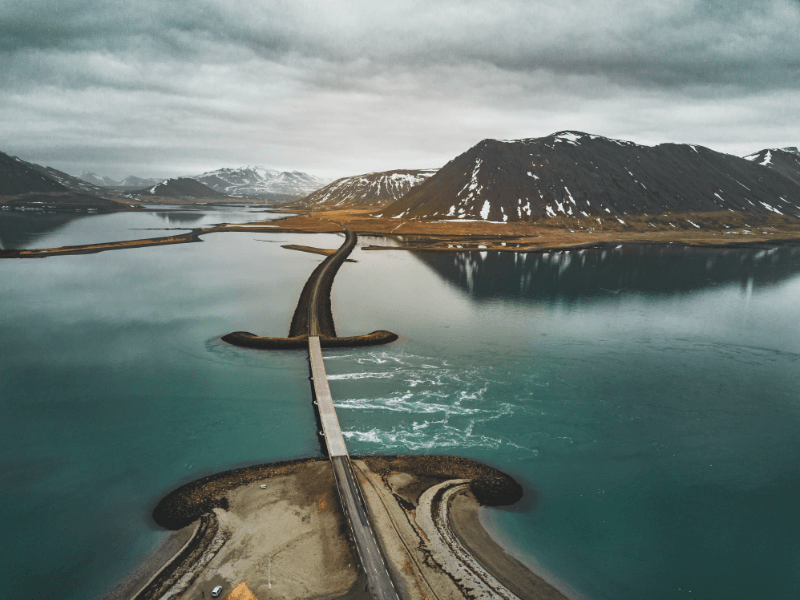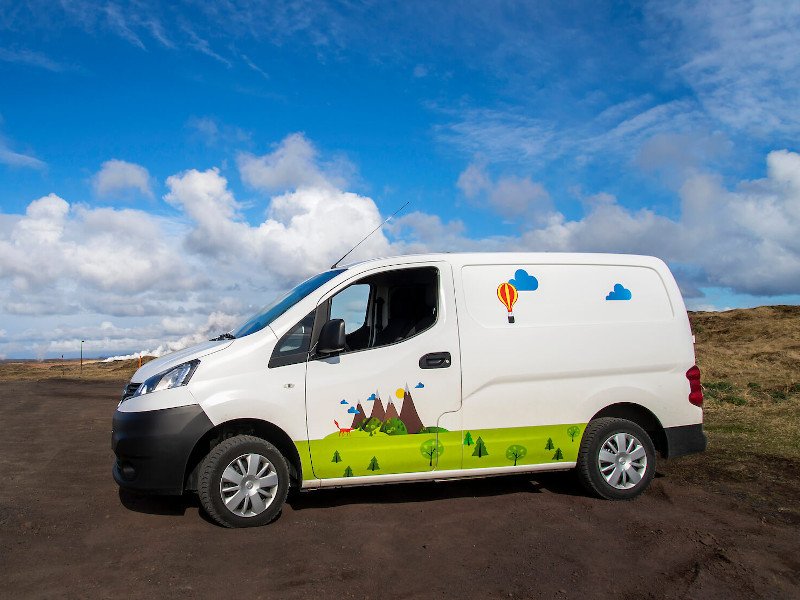Dunedin, a picturesque city on New Zealand's South Island, is renowned for its unique wildlife experiences, especially its penguin encounters. As a traveler, you might wonder where to catch a glimpse of these charming creatures or how to choose the best tour.
This guide will walk you through everything you need to know about penguins in Dunedin.
Types of Penguins in Dunedin
Little Blue Penguin (kororā)
The Little Blue Penguin, also known as kororā in Māori, holds the title of being the world's smallest penguin. These enchanting creatures are a sight to behold, especially during dusk at Takiharuru/Pilots Beach on the Otago Peninsula. As the sun sets, travelers can witness these penguins emerging from the sea, making their way to the Takiharuru/Pilots Beach nature reserve.
The experience is further enhanced by the purpose-built observation deck, allowing visitors to watch the kororā scurry up the beach to reach their burrows. The tour not only offers a close-up view of these penguins but also includes a "walk behind the scenes" through the penguin reserve.
Here, one can learn about other flora and fauna found within this wildlife reserve, which also holds significant cultural importance to the Māori. The Little Blue Penguin's viewing is guaranteed, making it an unmissable attraction for anyone visiting Dunedin, New Zealand's wildlife capital.

Yellow-eyed Penguin (hoiho)
The Yellow-eyed Penguin, or hoiho, is another marvel of Dunedin's wildlife. Recognizable by their distinctive yellow eyes and unique calls, these penguins are among the rarest of their species globally. Their shy nature makes them a bit elusive, but dedicated reserves like Penguin Place offer guided tours ensuring that visitors can observe these birds in their natural habitat without causing any disturbance.
The conservation efforts for the hoiho are commendable, with initiatives in place to rehabilitate injured penguins and ensure their survival in the wild. As travelers, witnessing the hoiho in its natural setting is not just a treat for the eyes but also an opportunity to understand the importance of conservation and the measures being taken to protect these rare birds.
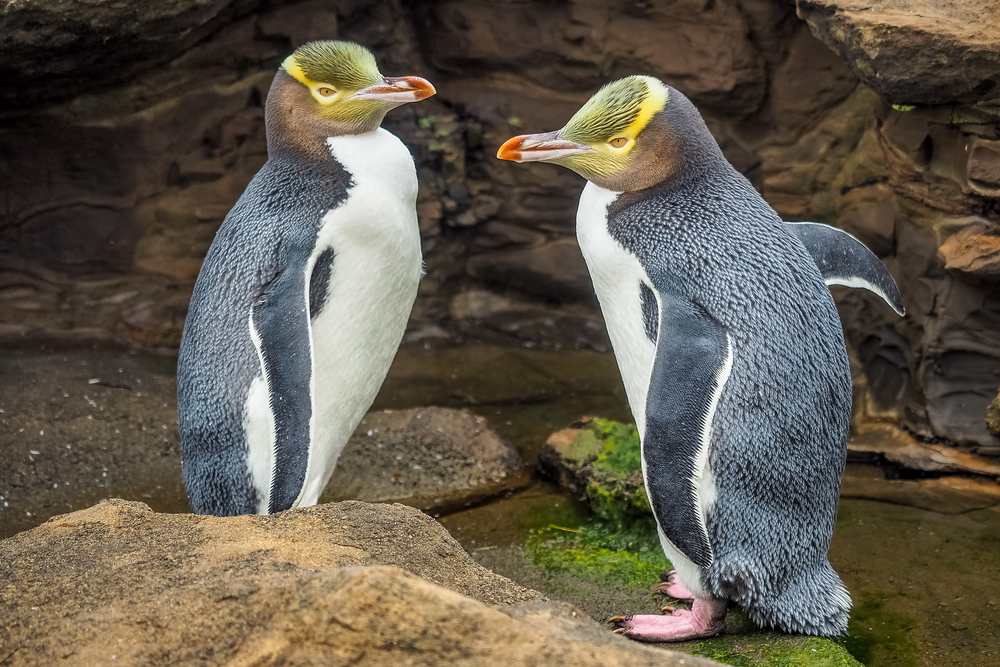
Where to See Penguins in Dunedin
Otago Peninsula
The Otago Peninsula is a paradise for wildlife enthusiasts. This picturesque location is home to breeding colonies of both the Little Blue Penguins and the rare Yellow-eyed Penguins. As the sun begins to set, the shores of the peninsula come alive with the sight of kororā making their way up the beach.
The natural beauty of the peninsula, combined with the mesmerizing sight of these penguins, makes it a must-visit spot for anyone traveling to Dunedin. If you hire a campervan in Dunedin it will be very easy to get to the Otago Peninsula and enjoy the penguins.
-compressed.jpg)
Taiaroa Head
Taiaroa Head is not just renowned for its famous Royal Albatross Centre but also stands as a prime location for penguin viewing. The coastal vegetation around Taiaroa Head serves as nesting grounds for the endangered Yellow-Eyed Penguin (Hoiho).
Hidden away from other birds and humans, these penguins find solace in the serene environment of Taiaroa Head. The location offers travelers a rare opportunity to see these beautiful birds in the wild, going about their daily routines on the beaches and amongst the sand dunes. And if you're planning an extended stay, why not explore the region in style? Rent a camper in New Zealand and embark on a journey through New Zealand's wildlife wonders.
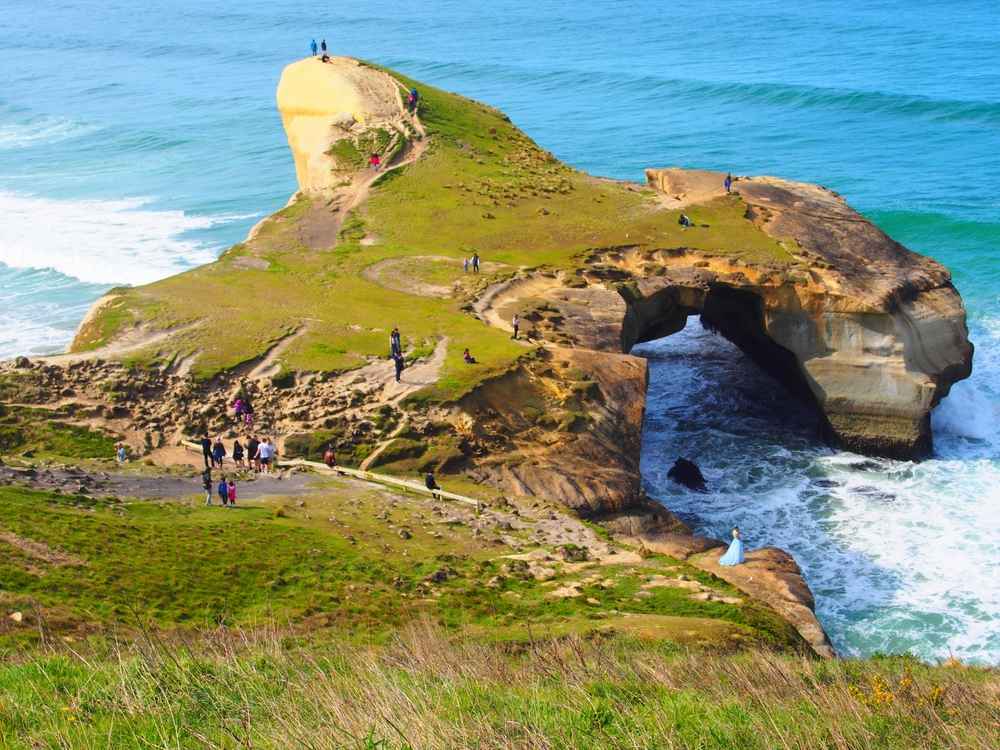
Penguin Place
Penguin Place is a testament to Dunedin's commitment to conservation. This reserve is dedicated solely to the conservation of the Yellow-eyed Penguin. Here, visitors are offered guided tours that ensure a close encounter with these shy creatures without causing any disturbance.
The tours are not just about viewing; they are an educational journey where visitors learn about the conservation efforts in place to protect and rehabilitate these rare birds.
Royal Albatross Centre
While the Royal Albatross Centre is primarily known for its magnificent albatrosses, it also serves as a great spot to observe the blue penguins. Nestled close to Taiaroa Head, the center provides a holistic wildlife experience.
After marveling at the grandeur of the albatrosses, visitors can wait for dusk to witness the Little Blue Penguins return from their fishing expeditions.

St. Clair Beach
St. Clair Beach is a popular spot, frequented by both locals and tourists. As evening approaches, the beach becomes a viewing ground for penguins making their evening return. The rhythmic sound of the waves, combined with the sight of penguins waddling up the beach, makes for a memorable experience.

How to Choose a Penguin Tour
When it comes to selecting a penguin tour in Dunedin, consider the following:
- Type of Penguin: Decide whether you want to see the little blue penguins or the rarer yellow-eyed penguins.
- Time of Day: While evening tours offer the sight of penguins returning from the sea, daytime tours at places like Penguin Place let you observe them in their natural habitats.
- Conservation Focus: Opt for tours that contribute to conservation efforts, ensuring these creatures thrive for generations to come.
Tips for Taking Photos of Penguins
- Maintain a safe distance.
- Use a zoom lens to capture close-ups without disturbing them.
- Avoid using flash, as it can startle the penguins.
- Be patient. Penguins are unpredictable, and the best shots often come from waiting for the right moment.
Facts About Penguins
- Why are penguins black and white? Their coloration helps in camouflage while swimming.
- How do penguins stay warm? They have a thick layer of blubber and tightly packed feathers.
- What do penguins eat? Their diet mainly consists of fish and squid.
- How long do penguins live? On average, they live up to 15-20 years.
- What are the biggest threats to penguins? Predators, climate change, and human interference are among the top threats.
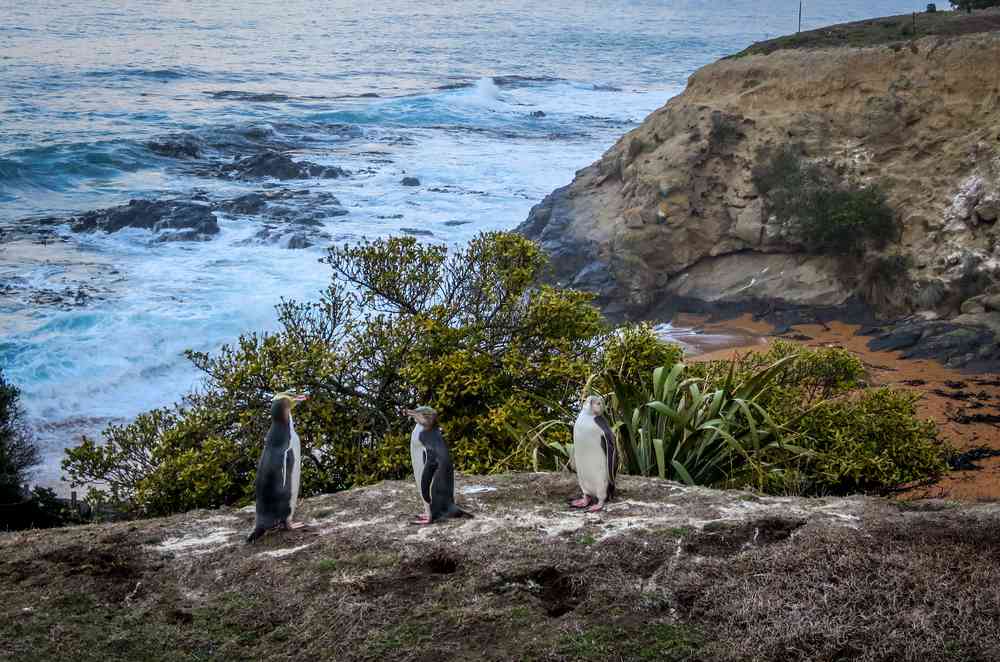
Conservation Efforts
Dunedin takes pride in its conservation initiatives. Organizations like Penguin Place are dedicated to rehabilitating injured yellow-eyed penguins. As travelers, we can contribute by respecting guidelines during tours and considering donations to conservation trusts. Remember, every tour booked aids in these efforts.
How Can You Help?
- Book tours that support conservation.
- Adhere to guidelines during visits.
- Consider adopting a penguin or donating to trusts.
- Spread the word about the importance of conservation.
In conclusion, There are many things to do in Dunedin and one of them is to admire these penguins. From the enchanting little blue penguins to the captivating yellow-eyed penguins, there's something for everyone.
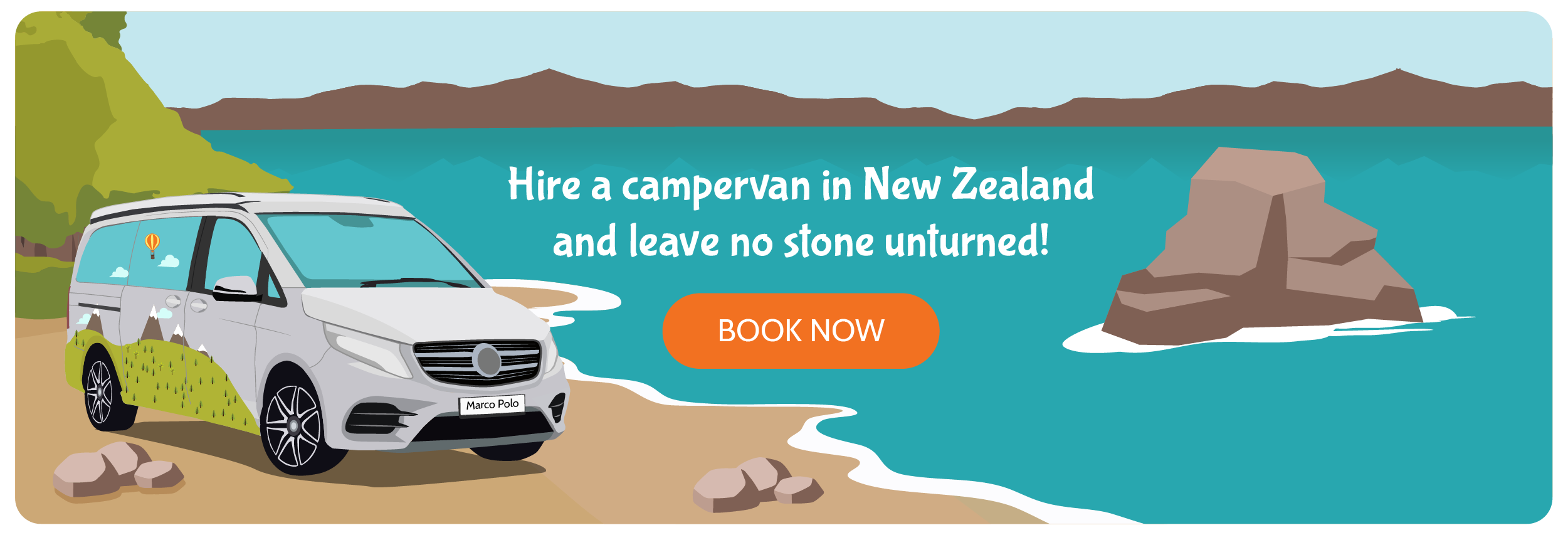

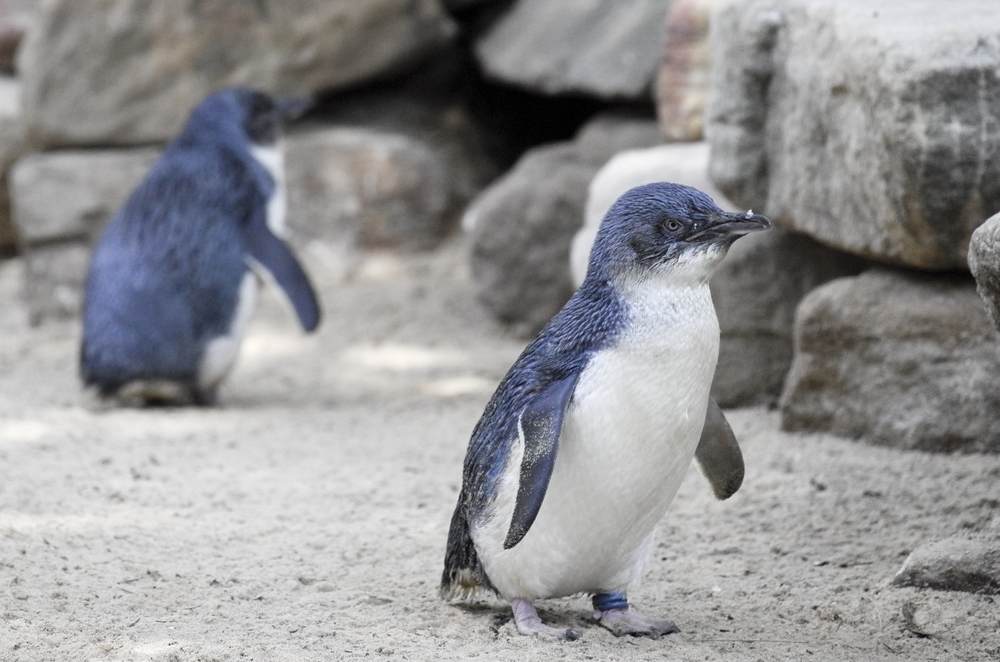
 By
By


